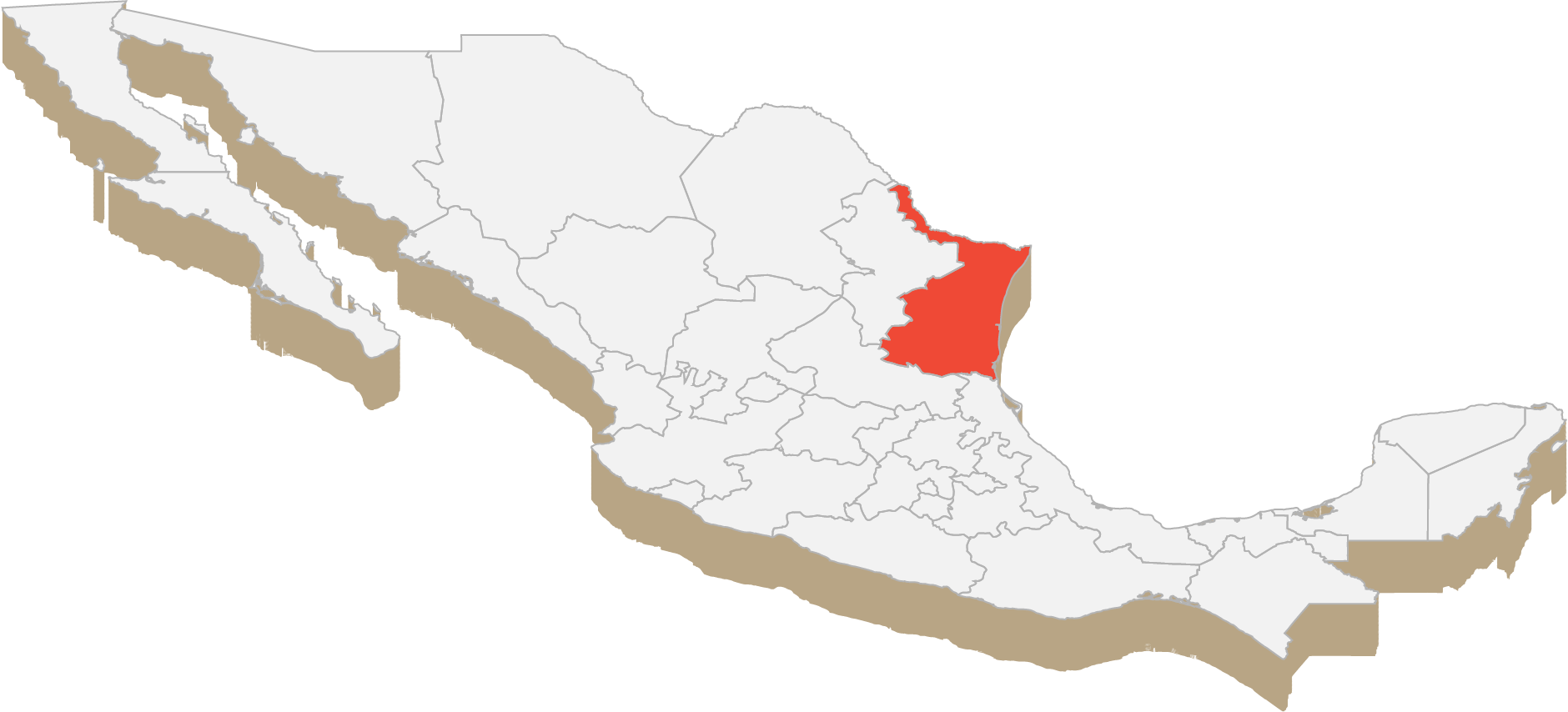
Swipe For More >
The Global Significance of Sorghum – Mexico
Well-known for sorghum production, research and feeding, Mexico offers the sorghum industry many advantages.
Dating back 7,000 years, agriculture in Mexico has played an integral role in shaping the country’s modern economy and culture. Today, the majority of land in Mexico is utilized for agriculture production, and while corn is a staple in Mexican culture, sorghum has a rich history, as well.
East of Monterrey, Mexico, is Tamaulipas, which borders Texas and spans south. The northern part of this state is a major contributor to sorghum production in Mexico, and the region makes up for nearly half of production for the entire country. According to the USDA Foreign Agricultural Service, Tamaulipas farmers supplied 58 of the 157 million bushels of sorghum produced in 2020.

Mexico also plays a major role in sorghum research, and during winter months, Mexico’s tropical climates are ideal for hosting winter nurseries for seed companies around the world. These nurseries provide ways to collect data and grow seed in one season for use in subsequent growing seasons in the U.S. In a competitive market year, a portion of sorghum produced in the U.S. returns to Mexico as a key feed ingredient at livestock opera-tions across the country, particularly the Yucatán Peninsula.
Arturo Basulto has served as a significant figure in the feeding industry in the Yucatán Peninsula for 35 years, helping shape the industry by implementing new ways of purchasing and measuring the quality of grains.
Basulto is the Purchasing Manager for Feed Grains and Oilseeds at Inter Industrias del Sureste, S.A., where his company serves as the grain purchasing and import department for nine animal feed mills. He said sorghum is an important feed ingredient for cattle finishing operations not only for its nutritional benefits but also for its storability.
“We can keep it for more time in our silos,” Basulto said. “We don’t need a lot of products to maintain the seed condition, and it works very well in our coastal environment.”
The Yucatán area is key in the production of eggs, broilers, pigs and cattle. Grain is typically offloaded from ships at the port in Progresso then transported to Inter Industrias del Sureste’s associates’ facilities. The tropical climate of the peninsula allows sorghum to be stored for longer periods of time than corn without quality loss, allowing buyers to purchase large quantities and then store what they need for the year.
Storage capabilities are only one of the assets sorghum offers buyers in Mexico. It also contributes to a formulation that gives the buyers peace of mind when feeding the product to their stock because U.S. sorghum contains low mycotoxin rates.
Customers, like Basulto’s, also favor feeding whole sorghum, specifically to pork, because of the color it gives the meat. It has been shown pork fed whole sorghum produces a whiter fat color and the meat is firmer, adding to its marketability.
While little U.S. sorghum is currently entering the Mexican feed market today as a result of Chinese demand, opportunity remains in a competitive marketplace, and Basulto hopes to continue using sorghum in the future.
From farming production to research and feed for a host of live-stock and even food for pets, sorghum is a large contributor to the agricultural landscape in Mexico. The U.S. sorghum industry has partnered with its Mexican counterparts for many years, and although trade has been lower in the recent past, the historical importance of the relationship will carry the two countries’ partner-ship well into the future.
###
This story originally appeared in the Summer 2021 Issue of Sorghum Grower magazine.


